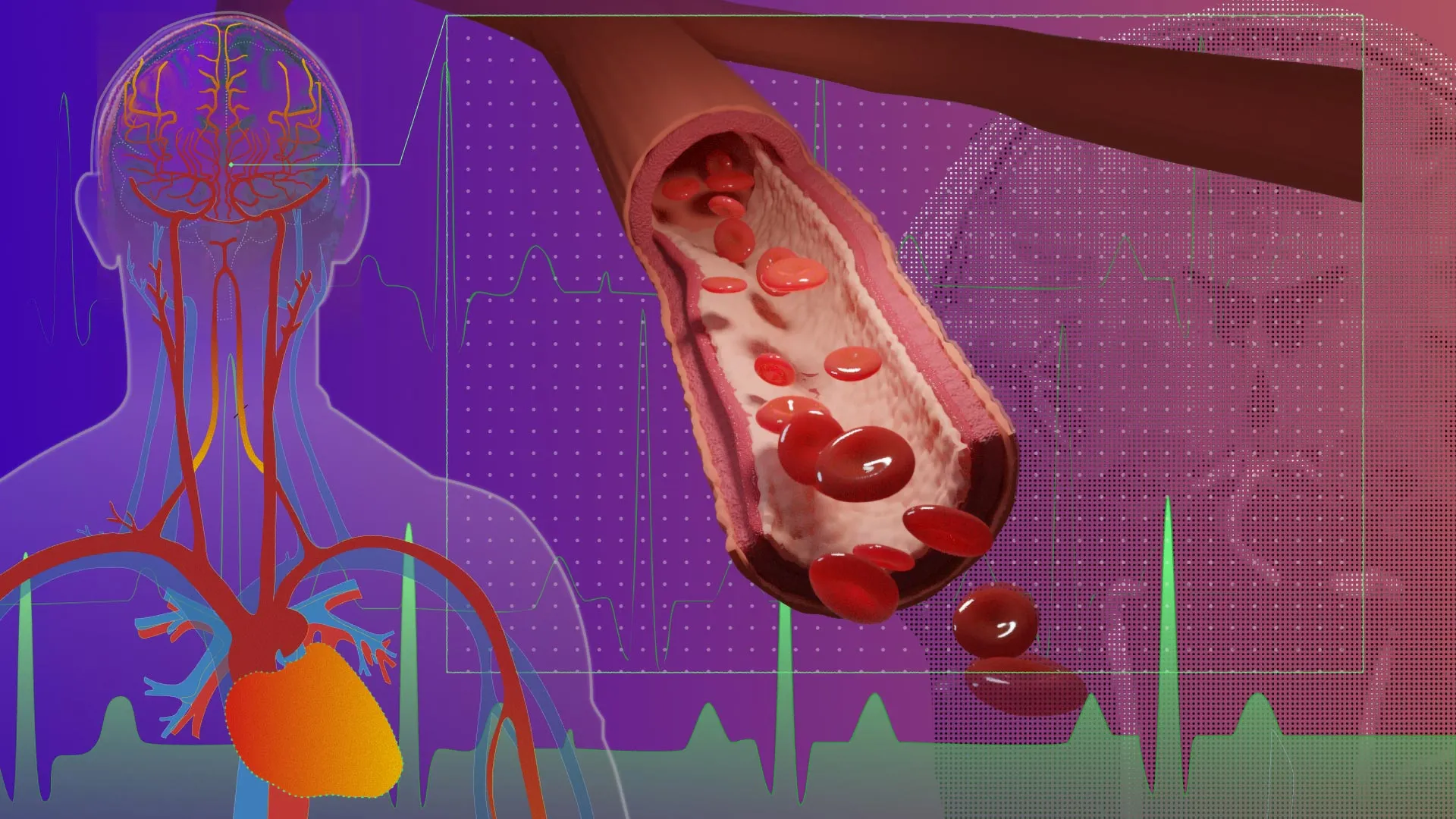| IN A NUTSHELL |
|
NASA’s Artemis mission is poised to revolutionize our understanding of the moon’s south polar region with the introduction of cutting-edge scientific tools. These instruments, integral to the mission, promise to unveil secrets hidden beneath the lunar surface. With one instrument flying aboard a future satellite and two attached to the Artemis Lunar Terrain Vehicle (LTV), NASA aims to map the moon’s resources, focusing on minerals and volatiles. This mission signifies a pivotal moment in space exploration, marking the first time a rover will traverse the moon’s surface in over half a century, offering promising insights into lunar geography.
Exploring the Moon’s Surface with Innovative Instruments
The Artemis mission’s first instrument, the Artemis Infrared Reflectance and Emission Spectrometer (AIRES), is a marvel of modern technology. Mounted on the LTV, AIRES is designed to detect minerals and volatiles by analyzing the reflection of sunlight off the lunar surface. This sophisticated spectrometer will provide detailed maps of the moon’s material composition, particularly around its south pole. Such data is invaluable for understanding the moon’s geology and for planning future missions that could harness these resources.
Alongside AIRES, the Lunar Microwave Active-Passive Spectrometer (L-MAPS) will delve even deeper. Utilizing ground-penetrating radar and temperature sensors, L-MAPS can peer up to 130 feet below the surface, searching for buried ice and deciphering the moon’s subsurface structure. This capability is crucial not only for scientific inquiry but also for assessing the potential for sustaining human life and activities on the moon.
The Role of the Ultra-Compact Imaging Spectrometer
The third instrument, the Ultra-Compact Imaging Spectrometer for the Moon (UCIS-Moon), will be deployed aboard a future moon-orbiting satellite. This instrument is engineered to capture high-resolution images and scans of the lunar surface, focusing on water and mineral presence. Interestingly, UCIS-Moon will also assess the impact of human activity on the moon, providing data to guide future astronaut missions to resource-rich areas.
These instruments collectively aim to map lunar resources for upcoming missions, enhancing astronaut safety and mission planning. By understanding the terrain and environment, they not only bolster scientific knowledge but also prepare the groundwork for more ambitious endeavors, such as missions to Mars. The revelations from these tools about the moon’s evolution will also offer insights into the history and formation of other rocky planets.
Building a Sustainable Lunar Presence
NASA’s commitment to lunar exploration through the Artemis program underscores its broader vision of establishing a sustainable human presence on the moon. This mission is a stepping stone towards deeper space exploration, eventually paving the way for human missions to Mars. The integration of these scientific instruments with human exploration illustrates a harmonious blend of technology and human ingenuity.
As Nicky Fox, associate administrator at NASA, emphasized, the Artemis LTV is set to transport humanity farther across the lunar frontier than ever before. By leveraging both human and robotic exploration, NASA aims to uncover new scientific discoveries that will enhance our understanding of Earth’s closest celestial neighbor and ensure astronaut safety.
A New Era of Scientific Discovery
The deployment of these three instruments marks a significant leap in lunar exploration. Joel Kearns, deputy associate administrator for exploration at NASA, highlighted the critical role these tools will play in characterizing the lunar surface. With their help, scientists will gain a deeper understanding of the moon’s minerals and volatiles, offering exciting opportunities for research and exploration.
The data collected from the LTV and moon-orbiting satellite will extend across the south polar region, contributing to a comprehensive understanding of the moon’s landscape. This knowledge not only enhances scientific inquiry but also helps in planning future missions, ensuring that each step taken on the lunar surface is informed by the latest scientific findings.
As NASA prepares to send humans back to the moon, the Artemis mission represents a giant leap forward in space exploration. With its innovative instruments and ambitious goals, the mission promises to unlock the moon’s long-hidden secrets. As we stand on the cusp of this new era, one question remains: How will the discoveries made by these scientific instruments shape our future in space?
This article is based on verified sources and supported by editorial technologies.
Did you like it? 4.5/5 (22)
Source link

